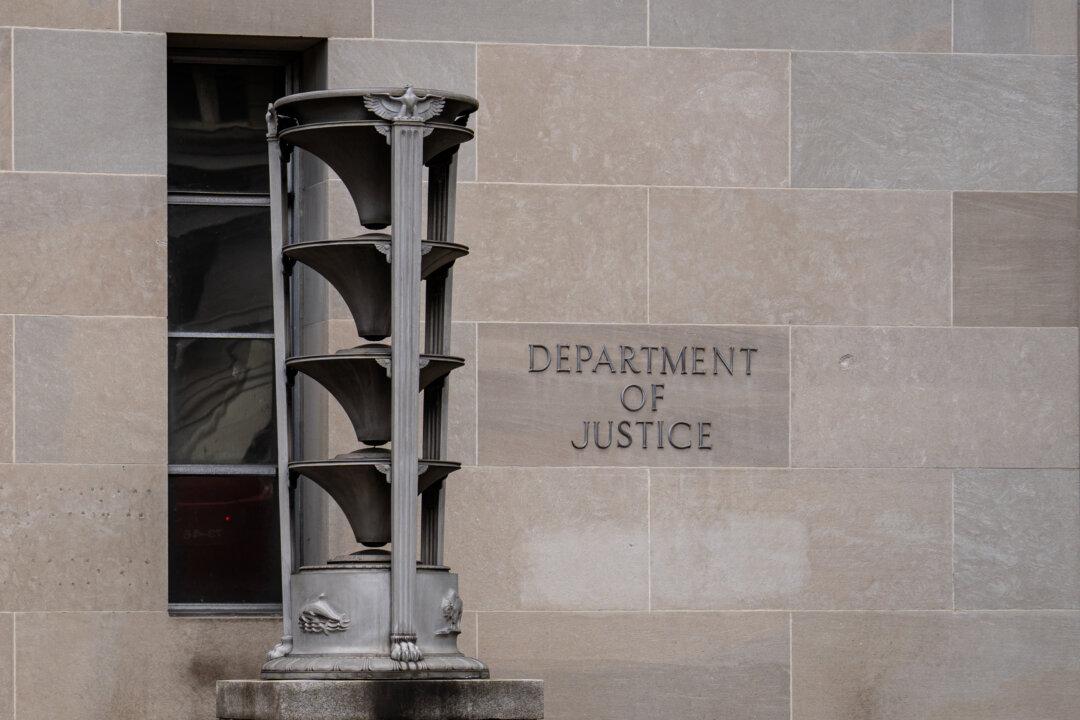South Korea has reverted to calling North Korea “our enemy” in its latest defense white paper after six years of futile diplomatic efforts to denuclearize the Korean Peninsula under the former administration.
The South Korean Ministry of Defense released its biennial defense policy document on Thursday, the first of its kind under conservative President Yoon Suk-yeol’s administration, who took office in May last year.





